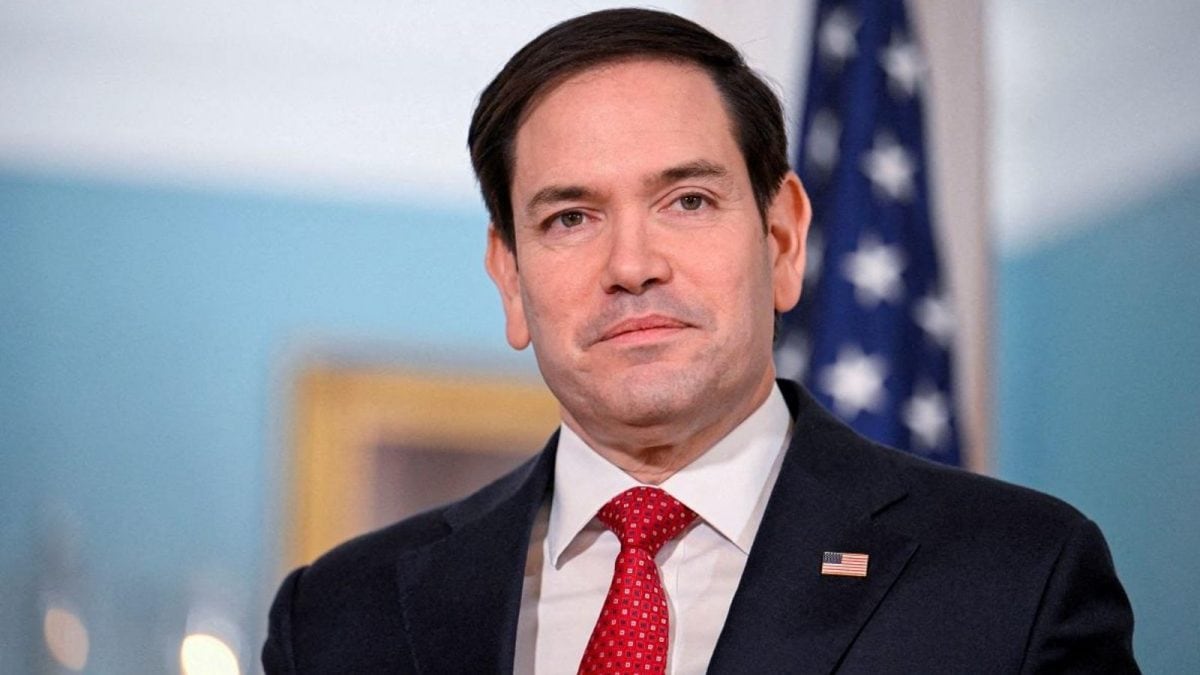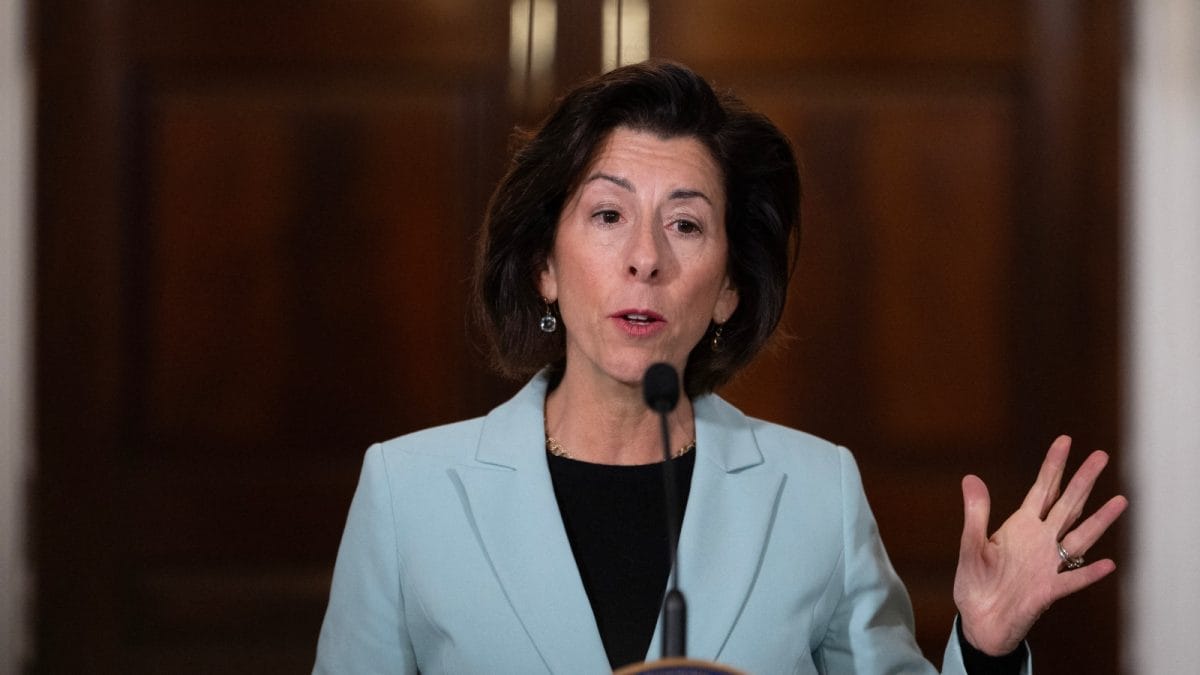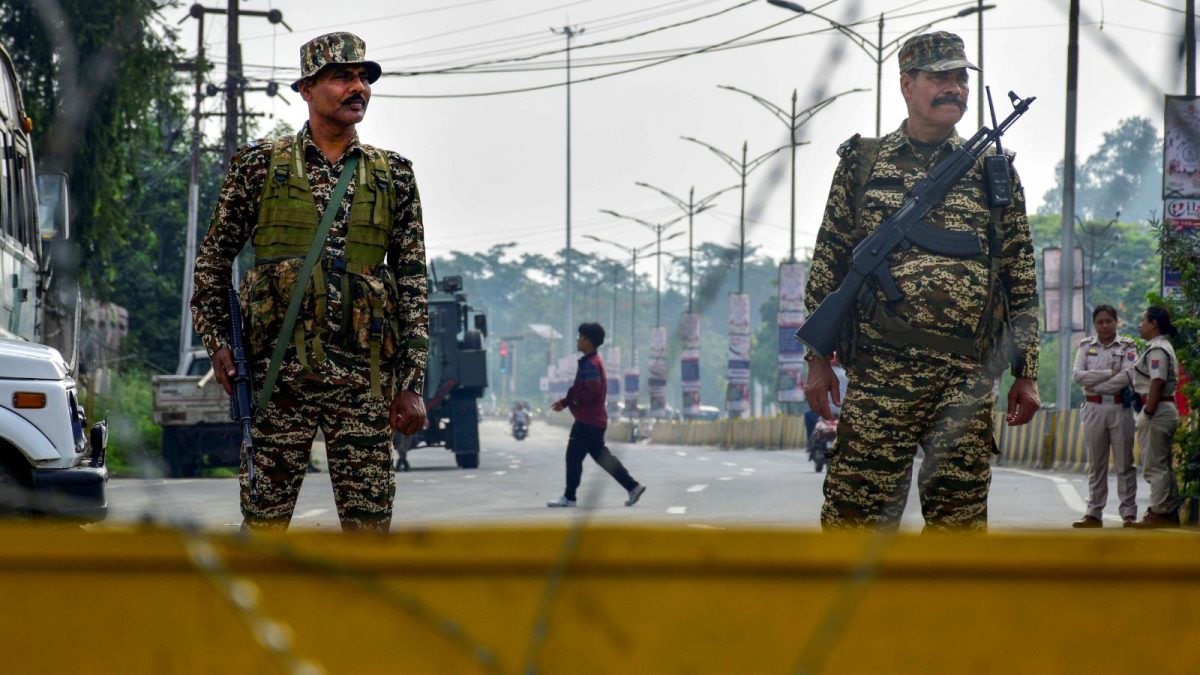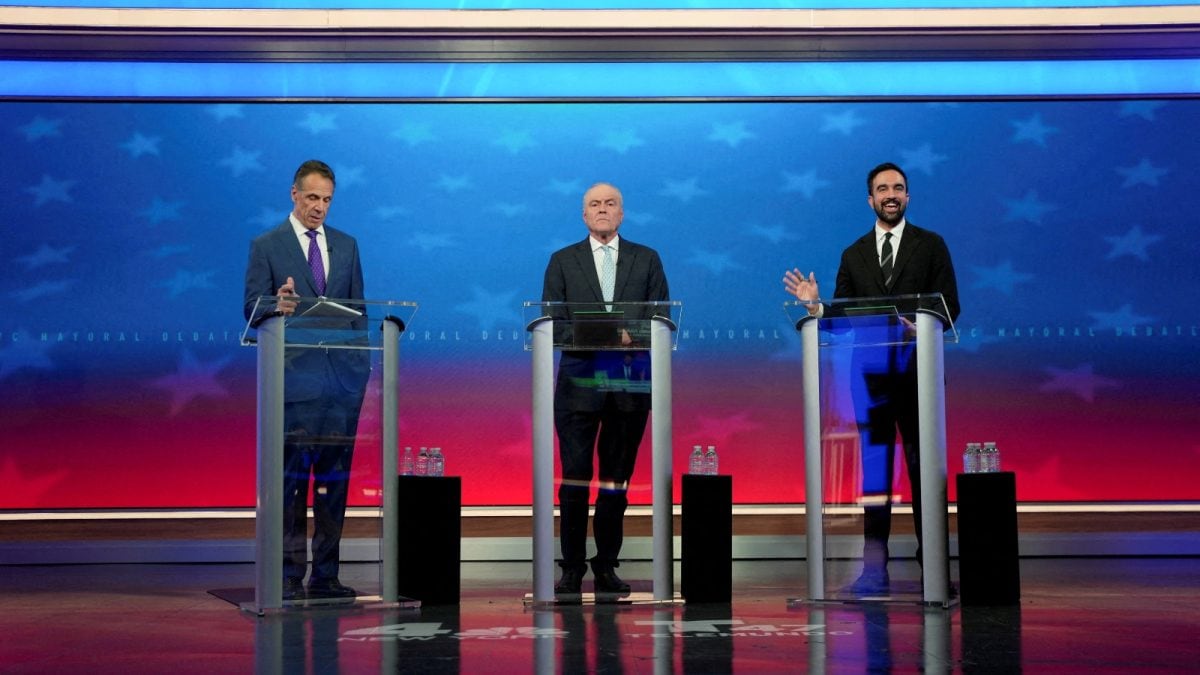The US will require all non-citizens, including Green Card holders, to undergo facial recognition and biometric checks at all entry and exit points from December 26, 2025. The system aims to curb visa overstays and identity fraud. Experts, however, warn it may disproportionately affect minorities and raise privacy concerns, calling it a step toward pervasive surveillance.

The Trump administration has announced new travel regulations to the US aimed at cracking down on fraudulent documents and enhancing national security. (Image for representation)
The US Department of Homeland Security (DHS) has issued new border regulations requiring all non-US citizens, including Green Card holders, to be photographed when entering and leaving the country. The US Customs and Border Protection (CBP) will broaden its collection of photographs and biometric data at land, sea, and airports to strengthen national security and combat the use of fraudulent travel documents. It will take effect on December 26, 2025, the DHS said.
Under the new system, CBP officers will collect photographs and other biometric information from nearly all non-citizens when they arrive or depart the US. The rule removes earlier exemptions for travellers under 14 and over 79-years-old, meaning those age groups will now also be subject to biometric capture.
CBP already uses facial recognition technology to verify passengers on international flights at most major US airports, but this new regulation will make the process mandatory across all ports of entry. DHS said the expansion will help detect identity fraud, track visa overstays, and strengthen border security.
Officials say the measures will help address visa overstay issues, which a 2023 Congressional Research Service report estimated accounted for 42% of the roughly 11 million unauthorised immigrants in the US at that time, Reuters reported.
The US Congress in 1996 passed a law mandating the creation of an automated entry-exit system, but it has never been fully implemented, the agency reported.
US Customs and Border Protection already uses facial recognition for all commercial air entries but only employs it to record exits at certain locations, the regulation said.
CBP estimates that a biometric entry-exit system can be fully implemented at all commercial airports and seaports for both entry and exit within the next three to five years, according to the report.
CBP will compile image databases linked to each traveller, combining photos from passports, travel documents, and those captured by border officers. These images will then be matched against real-time photos taken at entry and exit points.
The announcement aligns with ongoing immigration enforcement priorities under the Trump administration, including increased resources at the US-Mexico border.
EXPERTS QUESTIONS ACCURACY AND FAIRNESS OF BIOMETRIC BORDER CHECKS
The expansion has drawn scrutiny over privacy and accuracy concerns.
A 2024 US Commission on Civil Rights report highlighted that facial recognition systems are more prone to errors in identifying black individuals and other minorities, potentially exacerbating civil rights issues.
CBP points to laws passed more than two decades ago to justify the data collection, but Congress couldn't have intended for the use of facial recognition technology then in its infancy," Bloomberg quoted Cody Venzke, senior policy counsel at the ACLU, as saying.
"This technology is unreliable, disproportionately harms people of colour, and serves as the foundation for a perpetual surveillance state," Venzke said.
- Ends
Published By:
Gaurav Kumar
Published On:
Oct 27, 2025

 4 hours ago
4 hours ago

















